Enzymes(酶)
Enzymes are very efficient and specific catalyst proteins which react with 1 or few types of substrates in biochemical reactions and are responsible for bringing about almost all of the chemical reactions in living organisms. Enzymes speed up reactions by providing an alternative reaction pathway of lower activation energy. Without enzymes, reactions take place at a rate far too slow for the pace of metabolism which means that they speed up the chemical reactions in living things.
There are 2 types of enzymes, ones that help join specific molecules together to form new molecules & others that help break specific molecules apart into separate molecules. Enzymes play many important roles ouside the cell as well. One of the best examples of this is the digestive system. For instance, it is enzymes in your digestive system that break food down in your digestive system break food down into small molecules that can be absorbed by the body. Some enzymes in your digestive system break down starch, some proteins and others break down fats. The enzymes used to digest our food are extra-cellular since they are located outside our cells & enzymes inside our cells are intra-cellular enzymes. Enzymes are used in ALL chemical reactions in living things; this includes respiration, photosynthesis, movement growth, getting rid of toxic chemicals in the liver and so on. Enzymes are proteins that must have the correct structure to be active. They are very easily affected by heat, pH and heavy metal ions.
Ribonucleoprotein enzyme catalytic activity is located in the protein part but for some the catalytic activity is in the RNA part. A catalyst is any substance which makes a chemical reaction go faster, without itself being changed. A catalyst can be used over and over again in a chemical reaction and does not get used up.
Enzymes lower the amount of activation energy needed by binding to the reactants of the reaction they catalyze, thus speed up the reaction and can process millions of molecules per second. Enzymes are typically large proteins with high molecular weight that permit reactions to go at conditions that the body can tolerate.
Enzyme nomenclature is based on what the enzyme reacts with & how it reacts along with the ending ase.
Enzymes must get over the activation energy hurdle.
Enzymes change how a reaction will proceed which reduces the activation energy and makes it faster. The more we increase the enzyme concentration the faster the reaction rate for non-catalyzed reactions. Enzymes that are catalyzed reactions also increase reaction rate at higher level of concentration but up to a certain point called Vmax which means that the enzyme has reached its maximum point. The reaction is limited by both the concentrations of the enzyme and substrate. Enzymes as catalysts take part in reactions which provide an alternative reaction pathway. Enzymes do not undergo permanent changes and remain unchanged at the end of the reaction. They only change the rate of reaction, not the position of the equilibrium.Enzymes as catalysts are highly selective by only catalysing specific reactions due to the shapes of the enzyme’s molecule.
Enzymes contain a globular protein part called apoenzyme and a non-protein part named cofactor or prosthetic group or metal-ion-activator. Changes in temperature and pH have great influence on the intra- and intermolecular bonds that hold the protein part in their secondary and tertiary structures.
Examples of cofactors are 1. Prosthetic group that are permanently bound to the enzyme. 2. Activator group which are cations (positively charged metal ions) & temporarily bind to the active site of the enzyme. 3.Coenzymes, usually vitamins or made from vitamins which are not permanently bound to the enzyme molecule, but combine with the enzyme-substrate complex temporarily. Enzymes require the presence cofactors before their catalytic activity can be exerted. This entire active complex is referred to as the holoenzyme.
Without enzymes, our guts would take weeks to digest our food, our muscles, nerves and bones would not work properly and so on…
Main Enzyme category groups:
Oxidoreductases:
All enzymes that catalyse oxido-reductions belong in this class. The substrate oxidized is regarded as a hydrogen or electron donor. The classification is based on 'donor:acceptor oxidoreductase'. The common name is 'dehydrogenase', wherever this is possible; as an alternative, 'acceptor reductase' can be used. 'Oxidase' is used only where O2 is an acceptor. Classification is difficult in some cases, because of the lack of specificity towards the acceptor.
Transferases:
Transferases are enzymes that transfer a group, for example, the methyl group or a glycosyl group, from one compound (generally regarded as donor) to another compound (generally regarded as acceptor). The classification is based on the scheme 'donor:acceptor grouptransferase'. The common names are normally formed as 'acceptor grouptransferase' or 'donor grouptransferase'. In many cases, the donor is a cofactor (coenzyme) that carries the group to be transferred. The aminotransferases constitute a special case.
Hydrolases:
These enzymes catalyse the hydrolysis of various bonds. Some of these enzymes pose problems because they have a very wide specificity, and it is not easy to decide if two preparations described by different authors are the same, or if they should be listed under different entries. While the systematic name always includes 'hydrolase', the common name is, in most cases, formed by the name of the substrate with the suffix -ase. It is understood that the name of the substrate with this suffix, and no other indicator, means a hydrolytic enzyme. It should be noted that peptidases have recommended names rather than common names.
Lyases:
Lyases are enzymes that cleave C-C, C-O, C-N and other bonds by means other than by hydrolysis or oxidation. They differ from other enzymes in that two (or more) substrates are involved in one reaction direction, but there is one compound fewer in the other direction. When acting on the single substrate, a molecule is eliminated and this generates either a new double bond or a new ring. The systematic name is formed according to 'substrate group-lyase'. In common names, expressions like decarboxylase, aldolase, etc. are used. 'Dehydratase' is used for those enzymes that eliminate water. In cases where the reverse reaction is the more important, or the only one to be demonstrated, 'synthase' may be used in the name.
Ligases:
Ligases are enzymes that catalyse the joining of two molecules with concomitant hydrolysis of the diphosphate bond in ATP or a similar triphosphate. 'Ligase' is often used for the common name, but, in a few cases, 'synthase' or 'carboxylase' is used. 'Synthetase' may be used in place of 'synthase' for enzymes in this class.
Products for Enzymes
- 41701(11)
- Activating Transcription Factor(3)
- Adenylate Kinase(10)
- AHCY(3)
- Aldolase(9)
- Asparaginase(5)
- Aurora Kinase(18)
- Beta Lactamase(3)
- Calcium and Integrin Binding(2)
- Calcium/Calmodulin-Dependent Protein Kinase(4)
- Carbonic Anhydrase(49)
- Casein Kinase(36)
- Cathepsin(52)
- Chitinase(5)
- Creatin Kinases(9)
- Cyclin(7)
- Cyclin-Dependent Kinase(18)
- Cyclophilin(23)
- Deaminase(14)
- Decarboxylase(12)
- Dehydrogenase(96)
- Discoidin Domain Receptor Tyrosine Kinase(2)
- DNA Polymerase(4)
- EGF Receptor(3)
- Endonuclease(6)
- Enolase(10)
- Enterokinase(5)
- Epimerase(3)
- Esterase(15)
- FGF Receptors(12)
- FK506 Binding Protein(10)
- Fructosamine 3 Kinase(2)
- Galactosidase(5)
- Glucosidase(32)
- Gluteradoxin(7)
- Glycogen synthase kinase(2)
- Glycosylase(10)
- Glyoxalase(3)
- Granzyme(7)
- Guanylate Kinase(2)
- Heparanase(2)
- Histone Deacetylase(3)
- Hydratase(10)
- Hydrolase(33)
- Hydroxylase(6)
- Isomerase(26)
- Jun N-terminal Kinase(1)
- Jun Proto-Oncogene(2)
- Kallikrein(26)
- Ligase(4)
- Lipase(14)
- Lipocalin(6)
- Lyase(9)
- LYVE1(3)
- Mitogen-Activated Protein Kinase(16)
- MMP(68)
- Mutase(11)
- Natural Enzymes(4)
- Nuclease(18)
- Nucleotidase(4)
- Nudix Type Motif(11)
- Other Enzymes(63)
- Oxidase(23)
- Oxygenase(12)
- Paraoxonase(3)
- Peptidase(41)
- Peroxiredoxin(10)
- Phosphatase(150)
- Phosphorylase(9)
- PI3-kinase(5)
- Polymerase(13)
- PPARG(2)
- Protease(15)
- Proteasome(54)
- Protein Kinase Akt1/PKB alpha(4)
- Protein Kinase-A(7)
- Protein Kinase-C(3)
- Protein Kinases(86)
- Protein Tyrosine Phosphatase(10)
- Reductase(60)
- Secreted Phospholipase A2(10)
- Serine Threonine Kinase(4)
- Sulfatase(8)
- Synthase(23)
- Synthetase(33)
- TGFBR(3)
- TGM2(3)
- TIMP(10)
- TPA(4)
- Transferase(156)
- Tyrosine Kinase(9)
- Ubiquitin Conjugating Enzyme(39)
- Uromodulin(4)
- VEGF Receptors(14)
- Transaminase(19)
- Hexokinase(6)
- TIE1(6)
- Cat.No. 产品名称 Information
-
GP22578
PFKM Human
Phosphofructokinase, Muscle Human Recombinant

-
GC71014
PFM03
PFM03是一种MRE11内切酶抑制剂。
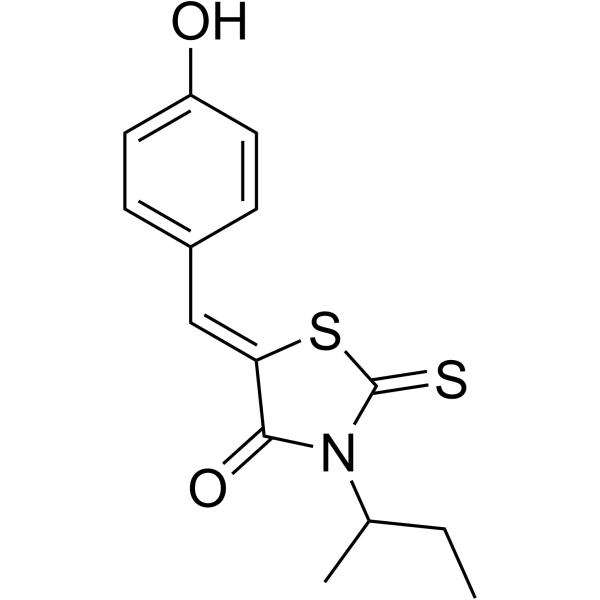
-
GP22070
Pfu DNA Polymerase
Pfu-DNA Polymerase Recombinant

-
GC70858
PG 116800
PG 116800 (PG 530742)是一种口服活性MMP抑制剂。
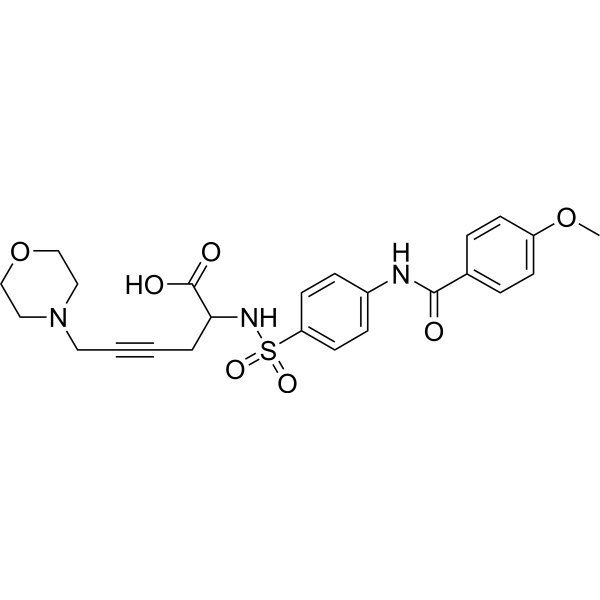
-
GP22071
PGAM1 Human
Phosphoglycerate Mutase 1 Human Recombinant

-
GP22072
PGAM1 Human, Active
Phosphoglycerate Mutase 1 Human Recombinant, Active

-
GP22073
PGAM1 Mouse
Phosphoglycerate Mutase 1 Mouse Recombinant

-
GP22074
PGAM1 Mouse, Active
Phosphoglycerate Mutase 1 Mouse Recombinant, Active

-
GP22075
PGAM2 Human
Phosphoglycerate Mutase 2 Human Recombinant

-
GP22076
PGAM2 Human, Active
Phosphoglycerate Mutase 2 Human Recombinant, Active

-
GP22092
PGC Human
Progastricsin-C Human Recombinant

-
GP22077
PGD Human
Phosphogluconate Dehydrogenase Human Recombinant

-
GP26172
PGD Human, Active
PGD Human Recombinant produced in E

-
GP22579
PGK1 Human
磷酸甘油酸激酶 1 人类重组体

-
GP26193
PGK1 Human, Active
PGK1 Human Recombinant produced in E

-
GP22580
PGK1 Mouse
Phosphoglycerate Kinase 1 Mouse Recombinant

-
GP22581
PGK2 Human
Phosphoglycerate Kinase 2 Human Recombinant

-
GP26194
PGK2 Human, Active
PGK2 Human Recombinant produced in E

-
GP22078
PGLS Human
6-Phosphogluconolactonase Human Recombinant

-
GP22079
PGM1 Human
Phosphoglucomutase 1 Human Recombinant

-
GP22080
PGM2 Human
Phosphoglucomutase 2 Human Recombinant

-
GP22081
PGP Human
Phosphoglycolate Phosphatase Human Recombinant

-
GP22082
PGP Human, Active
Phosphoglycolate Phosphatase Human Recombinant, Active

-
GP22083
PGPEP1 Human
Pyroglutamyl-Peptidase I Human Recombinant

-
GP22084
PHOSPHO1 Human
Phosphatase Orphan-1 Human Recombinant

-
GP22085
PHOSPHO2 Human
Phosphatase Orphan-2 Human Recombinant

-
GC73072
Phosphoglycolic acid lithium
Phosphoglycolic acid lithium是糖酵解途径酶磷酸甘油酸变位酶PGAM-B的竞争性抑制剂。
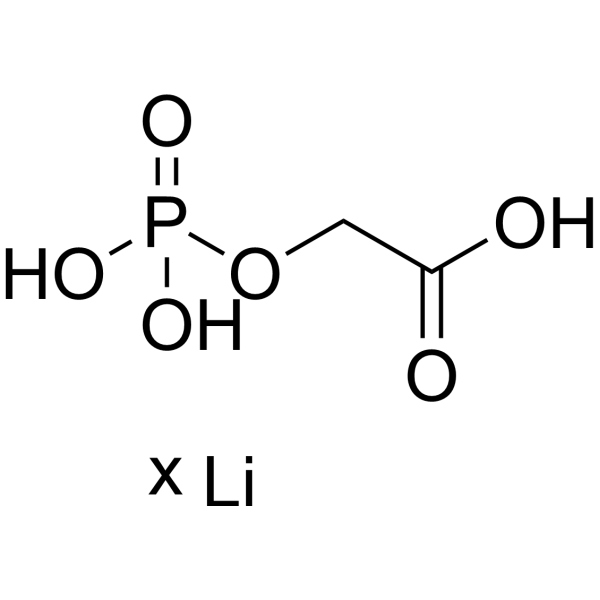
-
GC61609
PHPS1 sodium
A selective SHP-2 inhibitor
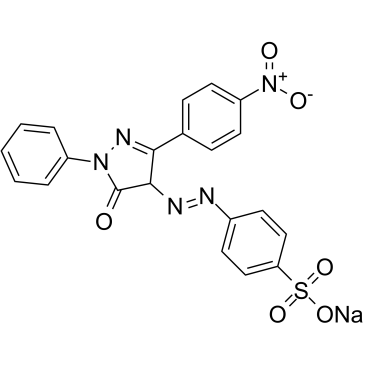
-
GP22086
PHPT1 Human
Phosphohistidine Phosphatase 1 Human Recombinant

-
GP22087
PHPT1 Human, Active
Phosphohistidine Phosphatase 1 Human Recombinant, Active

-
GP22088
phrB E.Coli
Deoxyribodipyrimidine photo-lyase E.Coli Recombinant

-
GP22089
PI16 Human
Peptidase Inhibitor 16 Human Recombinant

-
GP22429
PI3Ka Bovine
Phosphoinositide 3-kinase alpha p110a/p85a Bovine Recombinant

-
GP22583
PI3Kb Human
Phosphoinositide 3-kinase beta p110β/p85α Human Recombinant

-
GP22584
PI3Kd Human
Phosphoinositide 3-kinase p110d/p85a Human Recombinant

-
GP22585
PI3KγD946GST Human
Phosphoinositide 3-kinase p110γ inactive mutant Human Recombinant

-
GP22582
PICK1 Human
Protein Interacting With PRKCA 1 Human Recombinant

-
GC70779
Pimecrolimus hydrate
Pimecrolimus hydrate(SDZ-ASM 981水合物)是一种强效、非甾体和口服活性钙调神经磷酸酶抑制剂。
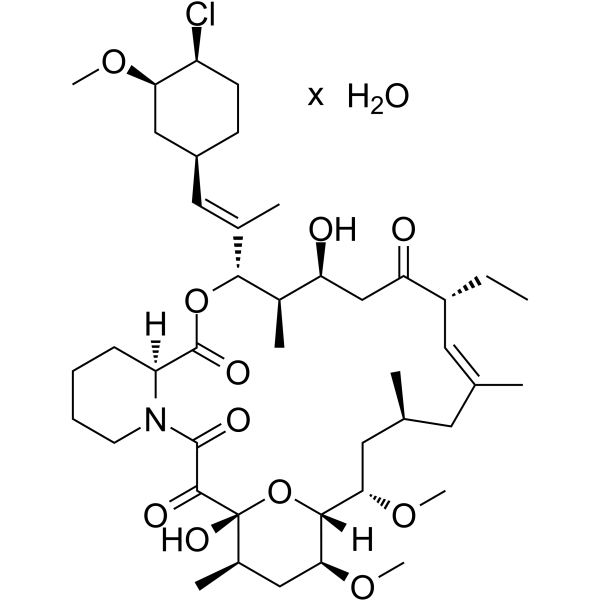
-
GP22090
PIN1 Human
Peptidyl-Prolyl Cis/Trans Isomerase NIMA-Interacting 1 Human Recombinant

-
GP22091
PIN1 Mouse
Peptidyl-Prolyl Cis/Trans Isomerase NIMA-Interacting 1 Mouse Recombinant

-
GP22586
PINK1 Human
PTEN Induced Putative Kinase 1 Human Recombinant

-
GP22587
PIP4K2B Human
Phosphatidylinositol-5-Phosphate 4-Kinase, Type II, Beta Human Recombinant

-
GP22593
PKA-RII alpha
cAMP-Dependent Protein Kinase A regulatory subunit-II A Recombinant

-
GP22588
PKACa2- RIa2
Inactive Protein Kinase A holoenzyme type I alpha Recombinant

-
GP22589
PKACa2-RIIa2
Protein Kinase A holoenzyme type II alpha Recombinant

-
GP22590
PKAkt1/PKBa
Protein Kinase Akt1/PKB alpha, Active enzyme Human Recombinant

-
GP22591
PKAkt1/PKBa Human
Protein Kinase Akt1/PKB alpha, Inactive enzyme Human Recombinant

-
GP22592
PKAR-I alpha Human
Protein Kinase A regulatory subunit-1 alpha Human Recombinant

-
GP22594
PKC-a Human
Protein Kinase C alpha Human Recombinant

-
GP22596
PKIB Human
Protein Kinase Inhibitor Beta Human Recombinant





